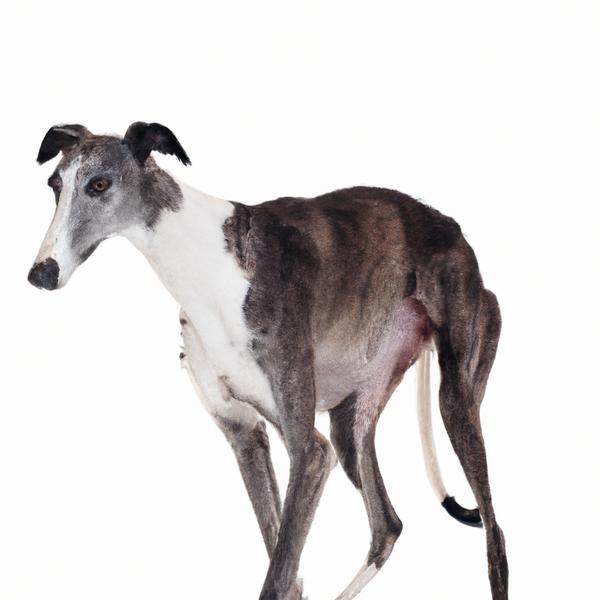Greyhound vs. Silky Terrier: Breed Differences and Similarities
Weight Gain Potential
Which breed eats more: Greyhound or Silky Terrier?
The Greyhound and Silky Terrier breeds have an average risk of becoming obese. Daily walks and a balanced diet of quality dry dog food can help maintain a healthy weight. An active lifestyle and monitoring weight regularly is recommended.
Hypoallergenic
Are Greyhounds or Silky Terriers hypoallergenic, or neither?
Unfortunately, the Greyhound is not hypoallergenic, making it not a good choice for a dog lover who suffers from pet allergies.
While no dogs are truly 100% hypoallergenic, Silky Terriers are about as close as it gets, making them an ideal pet if you are an allergy sufferer.
Temperament
What are the personalities of Greyhound and Silky Terrier dogs?
Intelligent
Affectionate
Outright
Tempered
Gentle
Athletic
Quiet
Alert
Inquisitive
Quick
Intelligent
Friendly
Joyful
Responsive
Shedding Level
Do Greyhounds shed more than Silky Terriers, or which breed sheds more, Greyhounds or Silky Terriers?
Greyhounds are moderate shedders, but regular brushing can reduce shedding and maintain coat health.
Silky Terriers shed very little hair, making them a great choice for those who dislike excess hair in the house.
Watchdog Ability
Which dog breed makes a better watchdog, the Greyhound or Silky Terrier?
The Greyhound and Silky Terrier dogs are average watchdogs. If they sense something different, these breeds will alert their owner.
Origin
What is the origin of Greyhound and Silky Terrier dog breeds?
Egypt
Australia
Ancestry
What are the origins of Greyhound and Silky Terrier breeds?
Arabian Sloughi
Terriers
Breed recognition
Which kennel clubs recognize/register Greyhound and Silky Terrier?
American Canine Registry
American Kennel Club
America's Pet Registry
Canadian Kennel Club
Dog Registry of America Inc.
Federation Cynologique Internationale
Kennel Club of Great Britain
North American Purebred Registry, Inc.
American Canine Association, Inc.
Australian National Kennel Council
Continental Kennel Club
National Kennel Club
New Zealand Kennel Club
United Kennel Club
American Canine Registry
American Kennel Club
America's Pet Registry
Canadian Kennel Club
Dog Registry of America Inc.
Federation Cynologique Internationale
Kennel Club of Great Britain
North American Purebred Registry, Inc.
American Canine Association, Inc.
Australian National Kennel Council
Continental Kennel Club
National Kennel Club
New Zealand Kennel Club
United Kennel Club
Club Espanol De Terriers
Date of Birth
When were Greyhound and Silky Terrier breeds first developed?
Ancient Times
1800s
Breed Group
What is the Breed Group of Greyhound and Silky Terrier?
Hound (AKC:1885)
Sighthounds and Pariahs (UKC)
Toy (AKC:1959)
Terriers (UKC)
Eye Color Possibilites
What are the eye colors of Greyhound and Silky Terrier dogs?
Brown
Brown
Nose Color Possibilites
What are the natural nose colors of Greyhound and Silky Terrier?
Black
Black
Coat Color Possibilites
What are the natural colors of the coat for Greyhound and Silky Terrier breeds?
Black
Gray
Red
Cream
Fawn
Blue
Silver
White
Pied
Brindle
Brindle
Sable
Silver
Blue
Fawn
Gray
Black
Coat Length
What is the typical coat length for Greyhound and Silky Terrier breeds?
Greyhounds have short coats.
Silky Terriers are known for their coat length.
Coat Density
What is the density of the coat of Greyhound and Silky Terrier?
Coat Texture
What is the hair texture of Greyhound and Silky Terrier?
Straight
Litter Size
What is the usual litter size for Greyhound and Silky Terrier?
A Greyhound can have a litter of 10-13 puppies on average. However, it's worth noting that the size of the litters can vary greatly. Factors that can influence litter size include the health of the mother, breeding history, and genetics.
A Silky Terrier can have a litter of 12-15 puppies on average. However, it's worth noting that the size of the litters can vary greatly. Factors that can influence litter size include the health of the mother, breeding history, and genetics.
Adaptability
Greyhounds are highly adaptable and versatile, making them excellent companions for families and individuals of all lifestyles.
Silky Terriers have average adaptability to changes in lifestyle and living environments compared to other breeds.
Health Issues
Between Greyhound and Silky Terrier, which breed is more prone to health problems?
Greyhound and Silky Terrier breeds are generally considered to be healthy. However, like all breeds, they are susceptible to certain health issues and it is important to keep an eye out for them and address them with your veterinarian as needed.
Major Concerns
What are the major health concerns for Greyhound and Silky Terrier breeds?
Osteosarcoma
Bloat
Urolithiasis
Legg-Calve-Perthes Disease
Spongiform Leukodystrophy
Minor Concerns
What minor health issues should be kept in mind when owning Greyhound and Silky Terrier?
Hyperthyroidism
Patellar Luxation
Tracheal Collapse
Eye Disease
Diabetes
Occasional Tests
What occasional tests are recommended for Greyhound and Silky Terrier breeds?
Blood Test
Thyroid Tests
X-Rays
Physical Examination
Hip
Knee
Blood Test
Blood And Urine Protein Screens
Skeletal
X-Rays
Energy
How do the energy levels of Greyhounds and Silky Terriers compare?
Greyhounds are a good choice for a low-key lifestyle due to their low energy levels.
Silky Terriers are suitable for those with a balanced lifestyle as they have an average energy level.
Social Needs
Greyhound vs Silky Terrier social needs comparison
Greyhound has average social needs and is less independent than other breeds.
Silky Terrier has above average social needs and thrives with interaction with humans and other dogs.
Exercise Needed
Greyhound vs Silky Terrier exercise need comparison.
Greyhounds need only a small amount of physical activity, ideal for busy or elderly people or those with limited space.
Silky Terriers need moderate physical activity and are great for families and active individuals.
Sleeping Need
Which of the two sleeps the most/least: Greyhound or Silky Terrier?
Greyhounds are known for their relaxed and calm nature and enjoy long periods of sleep.
Silky Terriers have moderate energy levels and typical sleep patterns of 12-14 hours per day.
Drooling Tendency
Which drools more/less, Greyhound or Silky Terrier?
Greyhound has low drooling tendency, suitable for those who dislike drool marks.
Silky Terrier minimally drools, ideal for those who dislike drool marks on clothing.
Tendency to Bark
Do Greyhounds or Silky Terriers bark more/less frequently?
Greyhounds are typically quiet and only bark when needed, such as to alert their owner or when in distress.
Silky Terriers bark moderately when necessary and may also bark due to certain triggers like fear, alarm, boredom, greeting, separation anxiety and compulsive barking.
Territorial
Is the Greyhound or Silky Terrier a better guard dog?
Greyhound dogs are not typically good guard dogs due to their lack of protective nature and weak territorial drive.
Silky Terrier dogs are highly protective and make excellent guard dogs due to their strong instinct to defend their territory and owners, and their high level of vigilance.
Mouthiness
Mouthiness Comparison: Greyhound vs Silky Terrier?
Roaming urge
Greyhound vs Labrador: Running away tendency?
Prey Drive
Greyhound or Silky Terrier - which breed has a higher level of prey drive?
Past times
What are some enjoyable activities and ways to keep Greyhound and Silky Terrier entertained?
Nose work, Walk, Run, Nap, Running, Walking, Sniffing, Fetch, Go to Park, Frisbee, Walks, Jogging, Sprinting, Fast walking, Beach, Hiking
Napping, Cuddling, Play, Run
Activity Level
Which breed has higher energy, Greyhounds or Silky Terriers?
Greyhounds are medium-energy dogs and typically enjoy socializing and playing casual or even sustained games of chase with other dogs. They may also have occasional periods of barking or racing around the house.
Silky Terriers are high-energy dogs. They need mental as well as physical exercise. These dogs require a lot of your involvement and without it they can, and will, become problematic dogs.
Tolerance of being left alone
Walks per Week
How many miles should Greyhound or Silky Terrier walk each week?
There's really no limit to how far you walk your dog as long as they're comfortable. For Greyhound, it's at least 15 miles / week. Just remember to build distance and stamina gradually over time.
There's really no limit to how far you walk your dog as long as they're comfortable. For Silky Terrier, it's at least 11 miles / week. Just remember to build distance and stamina gradually over time.
Activity per Day
Do Greyhounds or Silky Terriers require more exercise?
In general most Greyhounds usually need at least 60 minutes of exercise daily. This can be spread across the day and include all sorts of high-energy activities, like walking, running and playing.
In general most Silky Terriers usually need at least 90 minutes of exercise daily. This can be spread across the day and include all sorts of high-energy activities, like walking, running and playing.
Grooming
Which breed is easier to maintain in terms of grooming, Greyhounds or Silky Terriers?
The Greyhound is a low-maintenance breed that doesn't require much grooming.
Silky Terriers require significant grooming, including regular trims and professional grooming assistance to maintain their coat. They may also require frequent bathing to keep their coat and skin healthy.
Brushing Frequency
What is the recommended brushing frequency for Greyhound and Silky Terrier dogs?
Ideally, both Greyhound and Silky Terrier should be brushed at least 2 or 3 times a week (preferably daily) to improve shedding.
Brushing Tools
What brushing tools are used for Greyhounds and Silky Terriers?
Pin Brush
Slicker Brush
Deshedder
Nail Clipper
Pin Brush
Slicker Brush
Comb
Nail Clipper
Cups
How much food should be given to Greyhound or Silky Terrier in cups?
For an average 65-85 pound (29 - 39 kg) Greyhound feed 3 cups daily. But, keep in mind, the amount you feed is going to be dependent on the quality of the food you are feeding.
For an average 8-11 pound (4 - 5 kg) Silky Terrier feed 1 cups daily. But, keep in mind, the amount you feed is going to be dependent on the quality of the food you are feeding.
Daily Cost
Which breed has a higher daily cost, Greyhound or Silky Terrier?
The average cost of a Greyhound is somewhere $2.80 - $3.20 per day.
The average cost of a Silky Terrier is somewhere $1.10 - $1.40 per day.
Monthly Cost
Which breed has a higher monthly cost, Greyhound or Silky Terrier?
The average per month expenses of a Greyhound is between $84 - $95. This makes an average of $1008 - $1140 per year. It will be on the higher side when the dog is still small because it will need more frequent visits to the vet, shots.
The average per month expenses of a Silky Terrier is between $28 - $42. This makes an average of $336 - $504 per year. It will be on the higher side when the dog is still small because it will need more frequent visits to the vet, shots.
Intelligence
Comparing Intelligence: Greyhounds vs Silky Terriers
Greyhounds are average in obedience intelligence but have a high IQ and may cause trouble if left unsupervised.
Silky Terrier is a very intelligent and trainable breed.
Sensitivity Level
How do Greyhound and Silky Terrier compare in sensitivity?
This breed is sensitive to its environment and best suited for patient and understanding families with a consistent routine.
This breed is sensitive and requires gentle handling and a calm home environment.
Affection Dependance
Which is the more affectionate dog breed: Greyhound vs Silky Terrier?
Apartment Friendly
Which breed is more apartment-friendly: Greyhound or Silky Terrier?
Greyhounds and Silky Terriers are known for being excellent apartment dogs. They are fairly active indoors and will do okay without a yard.
Child Friendly
Do Greyhounds or Silky Terriers have a friendlier temperament towards children?
Greyhounds make excellent family pets for kids due to their gentle, protective nature and calm temperament.
Silky Terriers are good with kids if socialized and trained from a young age.
Senior-friendly
Which dog is more suitable as a pet for the elderly - Greyhound or Silky Terrier?
Cat Friendly
Do Greyhound or Silky Terrier breeds have a better compatibility with cats?
Greyhounds are somewhat cat friendly and can be trained to get along with cats.
Silky Terriers are average in their friendliness toward cats and tend to do well with them, especially if raised together.
Dog Friendly
Which breed is more sociable with other dogs: Greyhound or Silky Terrier?
Greyhounds are generally very friendly towards other dogs, with a happy and affectionate temperament.
Silky Terriers are less friendly towards other dogs, but can improve with socialization.
Pet friendly
How do Greyhound or Silky Terrier dogs interact with other pets?
Stranger Friendly
Which breed is more friendly with strangers: Greyhound or Silky Terrier?
Greyhounds are highly friendly around strangers.
Silky Terriers are averagely friendly around strangers but benefit from early socialisation.
Playfulness
Which breed is more playful between Greyhound and Silky Terrier?
Greyhounds have an average level of playfulness, enjoying playtime like most dogs but not excessively so.
Silky Terriers are a playful breed that needs daily playtime to be happy.
Trainability
How do the trainability levels of Greyhounds and Silky Terriers compare?
Greyhound and Silky Terrier dogs are known for their ease of training and ability to learn quickly, making them a popular choice for pet owners and trainers alike.
Compare Greyhound with other breeds
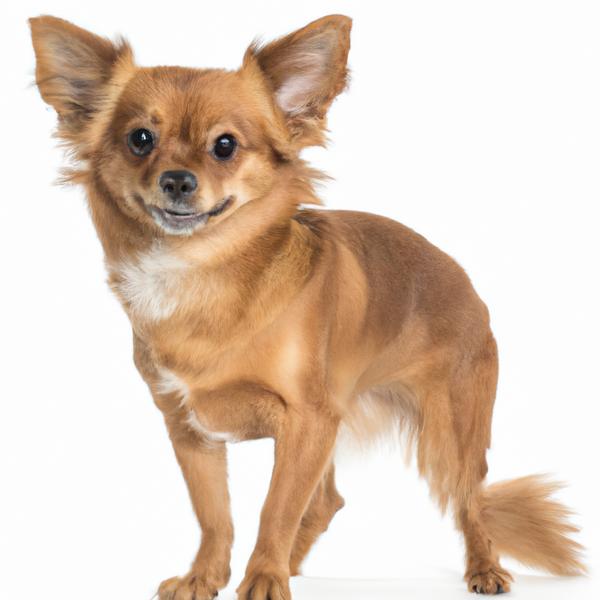
Chiwoxy
Greyhound vs Chiwoxy
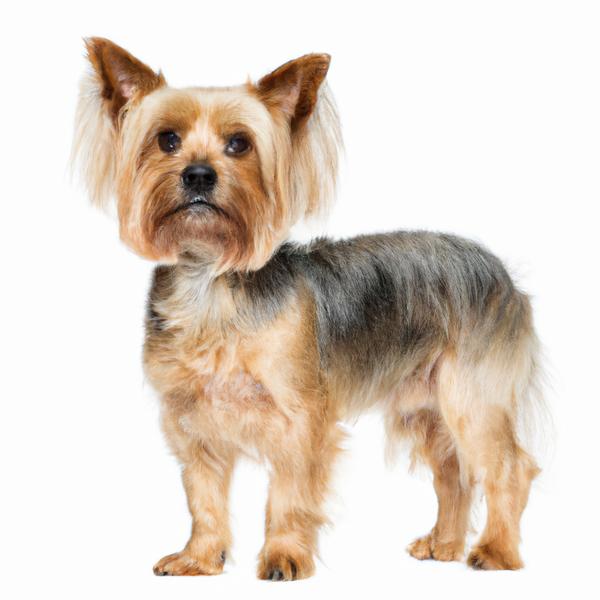
Silky Terrier
Greyhound vs Silky Terrier
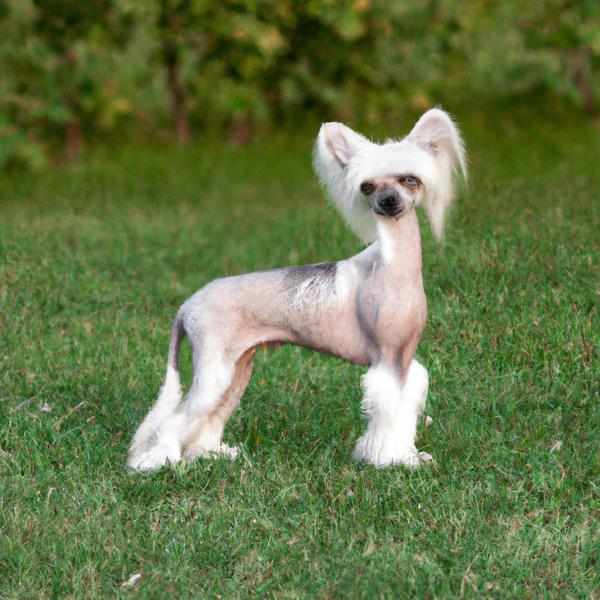
Chinese Crestese
Greyhound vs Chinese Crestese
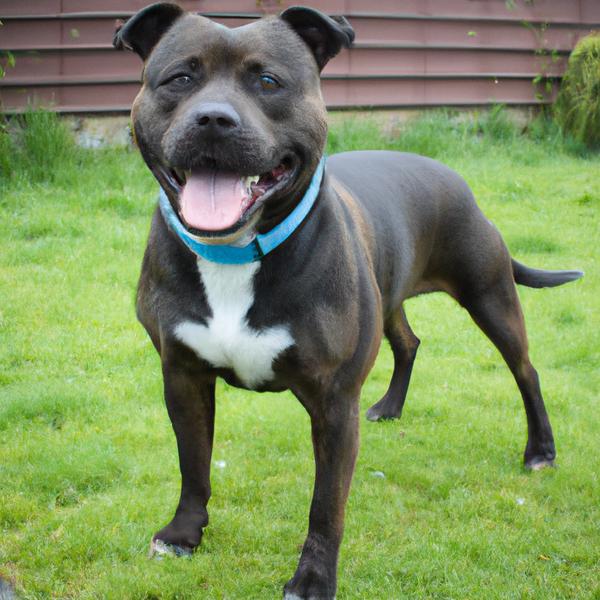
Staffy Bull Pit
Greyhound vs Staffy Bull Pit
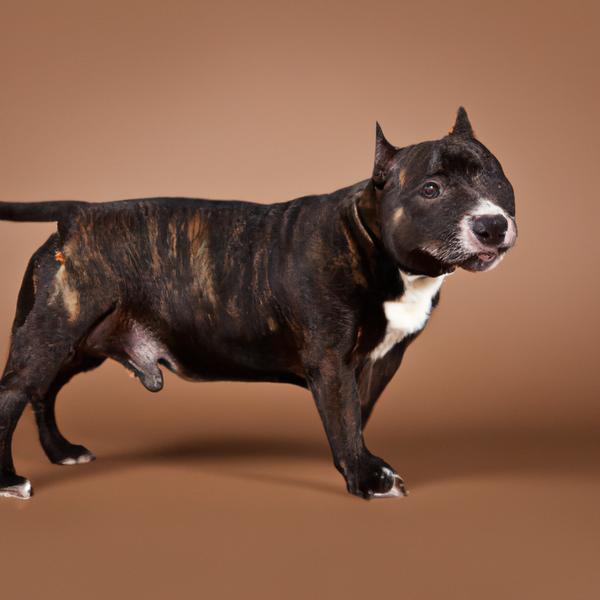
Scottish Staffish Bull Terrier
Greyhound vs Scottish Staffish Bull Terrier
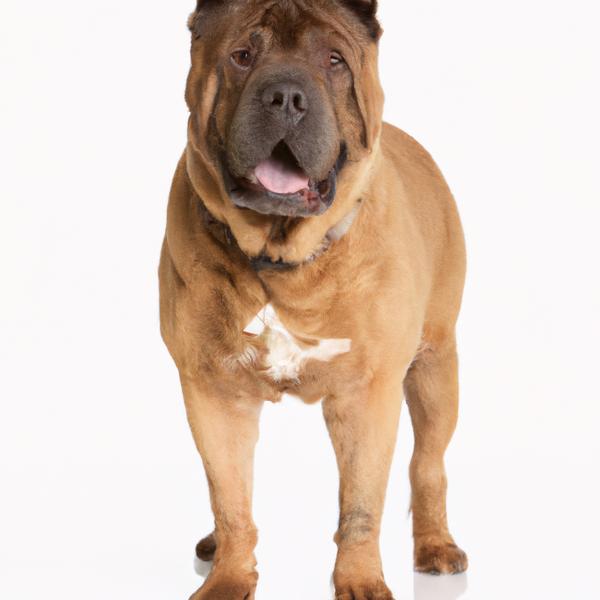
American Chow Bulldog
Greyhound vs American Chow Bulldog
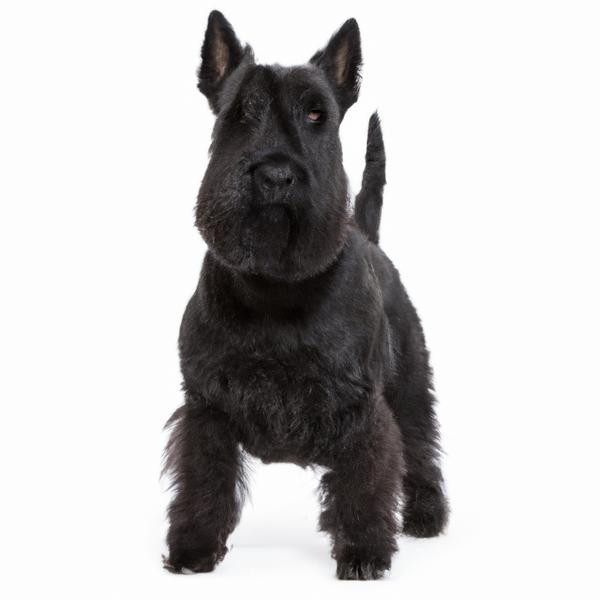
Scottese
Greyhound vs Scottese
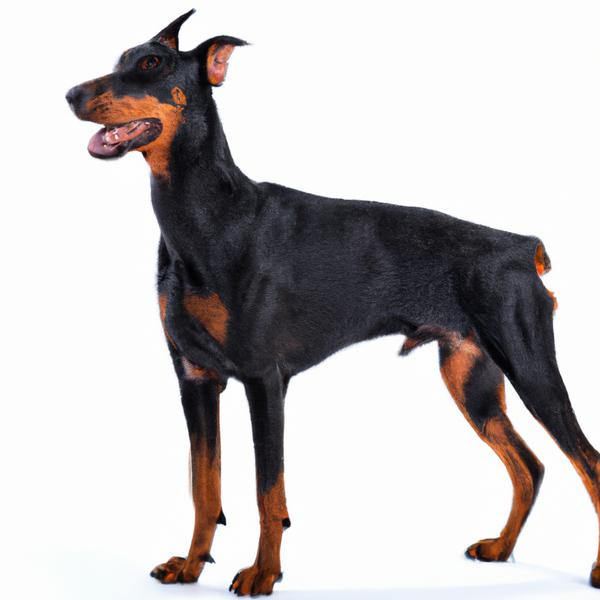
Manchester Terrier
Greyhound vs Manchester Terrier
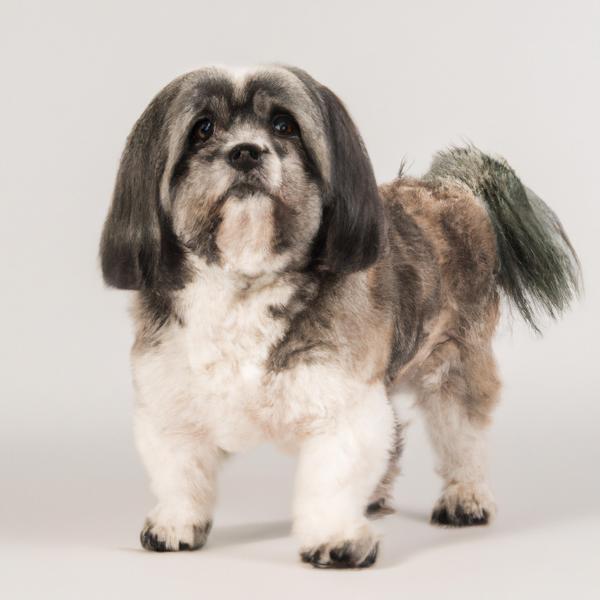
Havapeke
Greyhound vs Havapeke
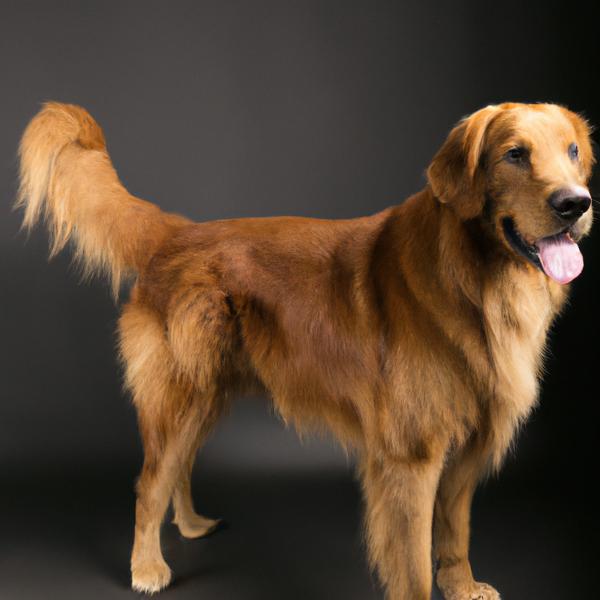
Siberian Retriever
Greyhound vs Siberian Retriever
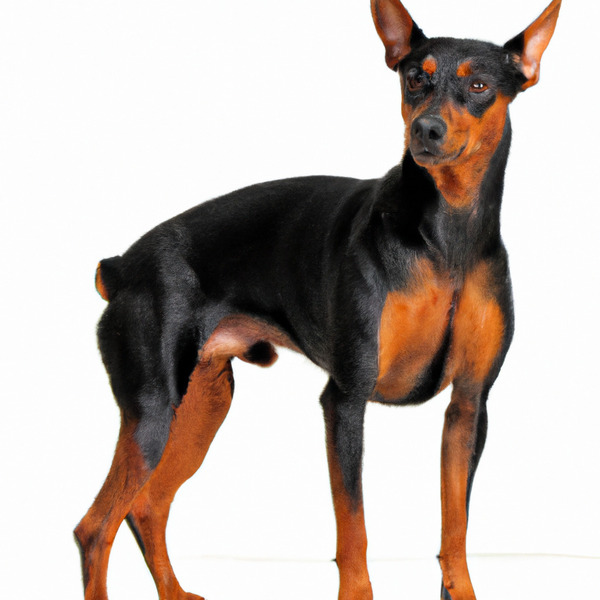
Harlequin Pinscher
Greyhound vs Harlequin Pinscher
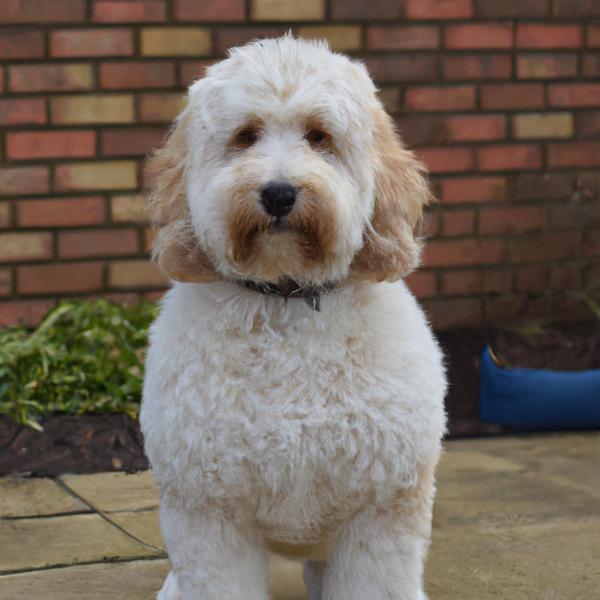
English Boodle
Greyhound vs English Boodle
